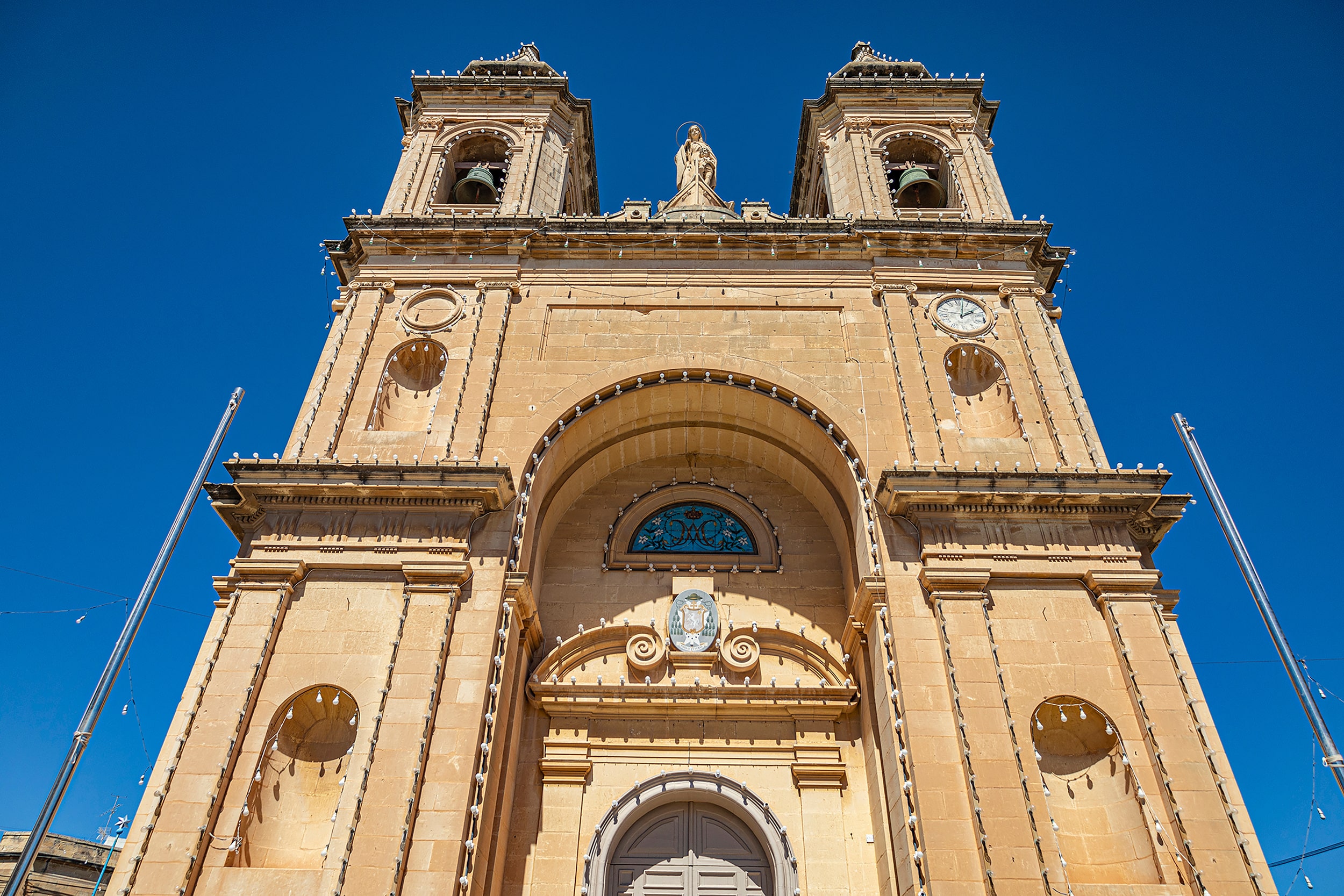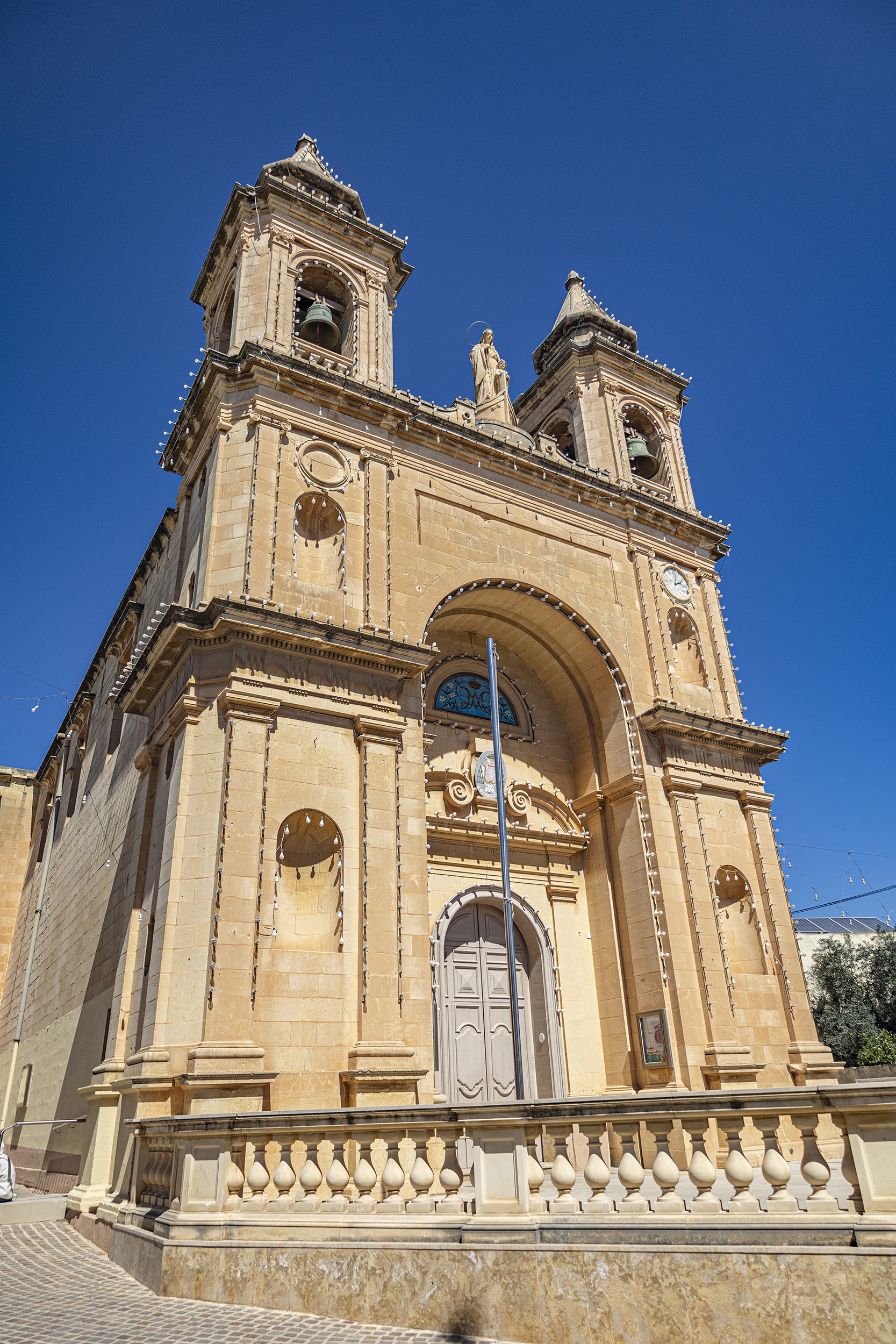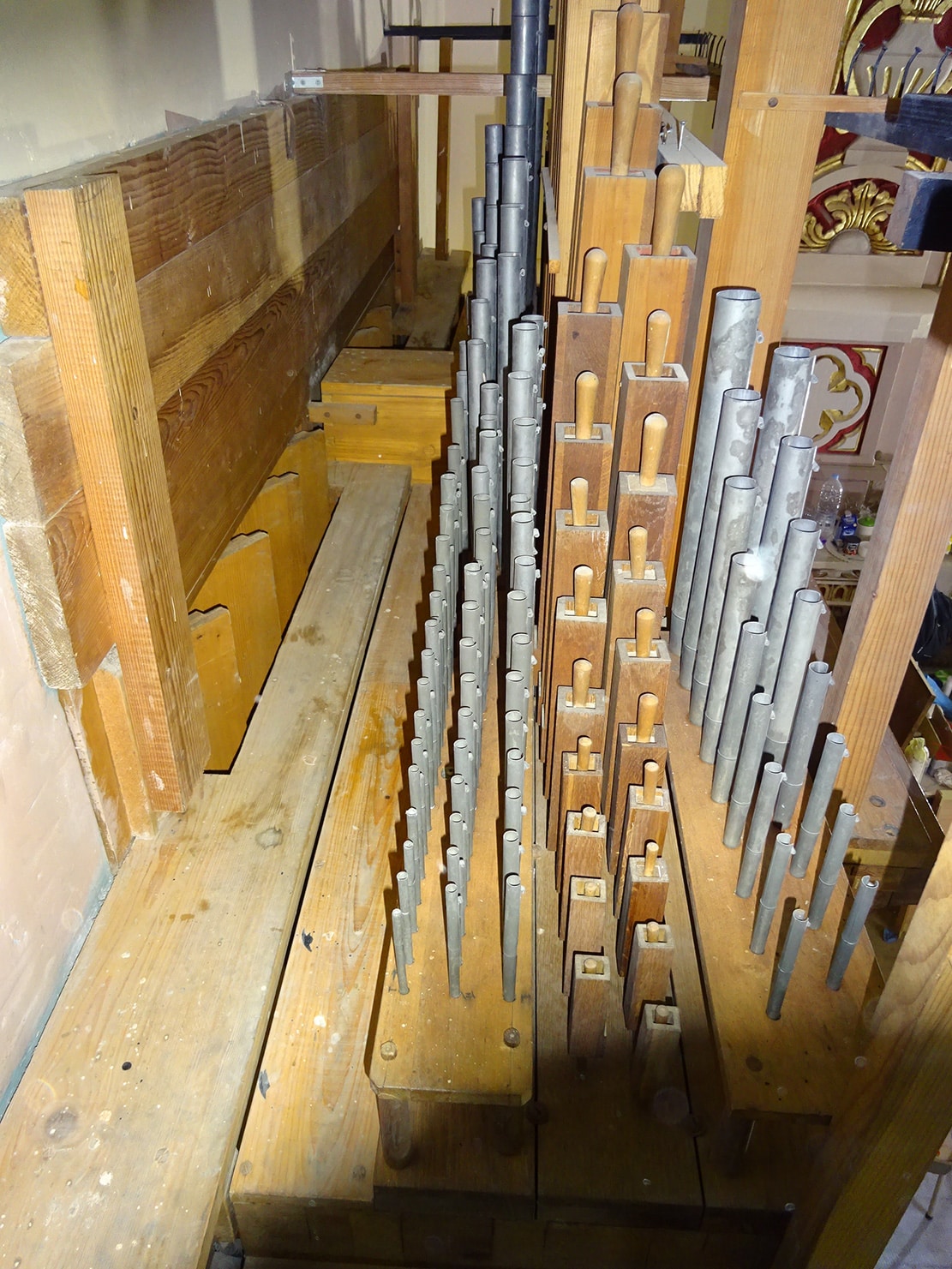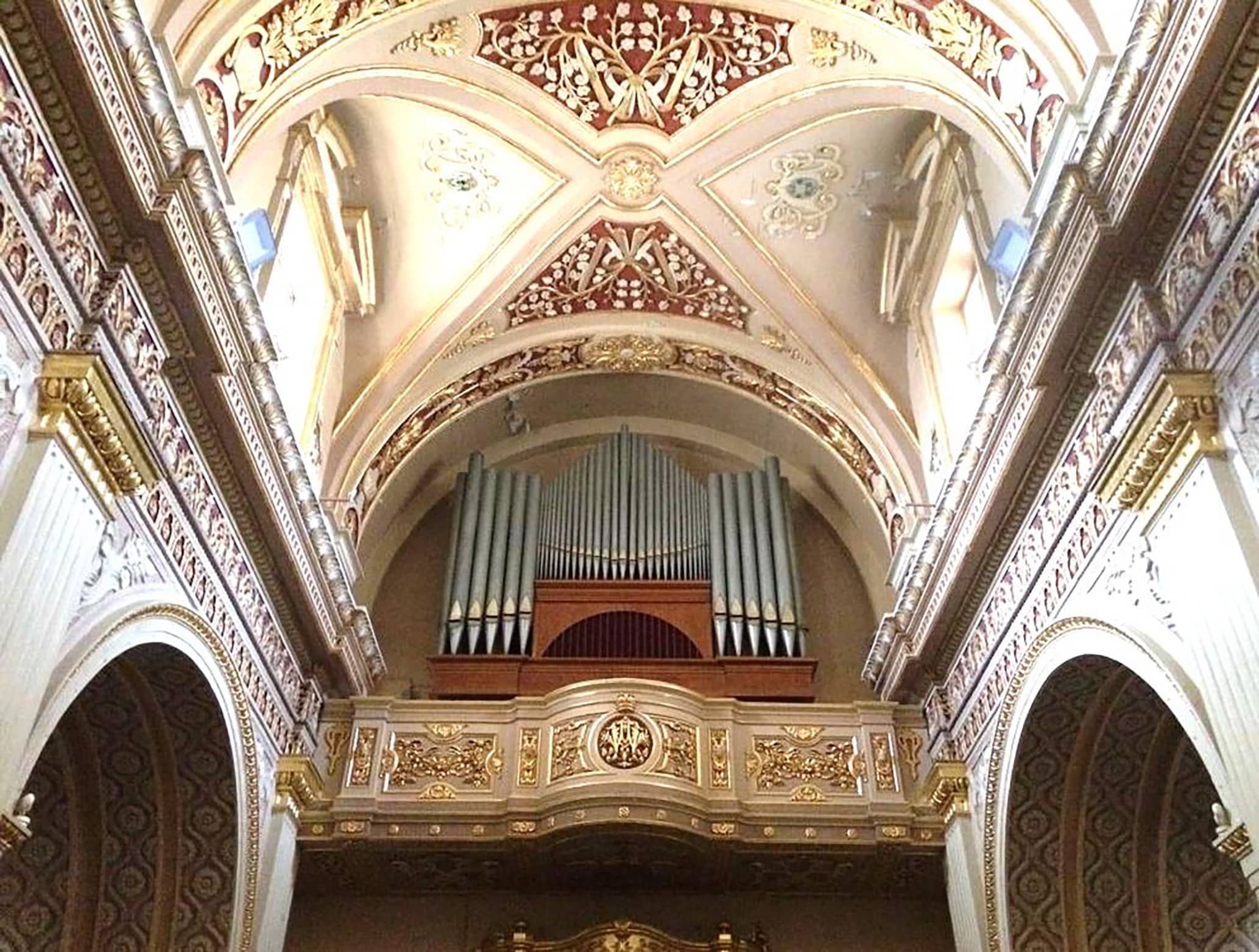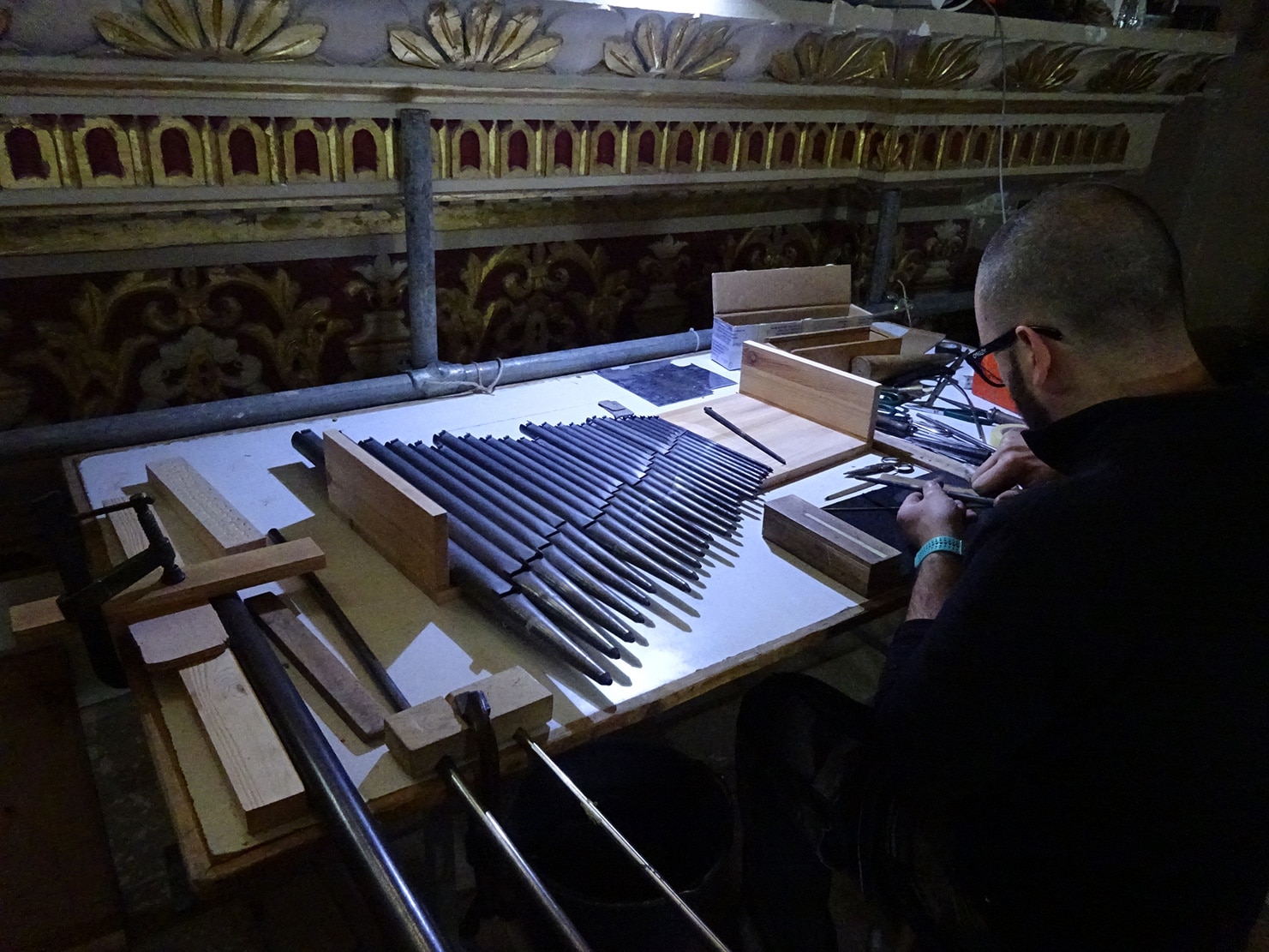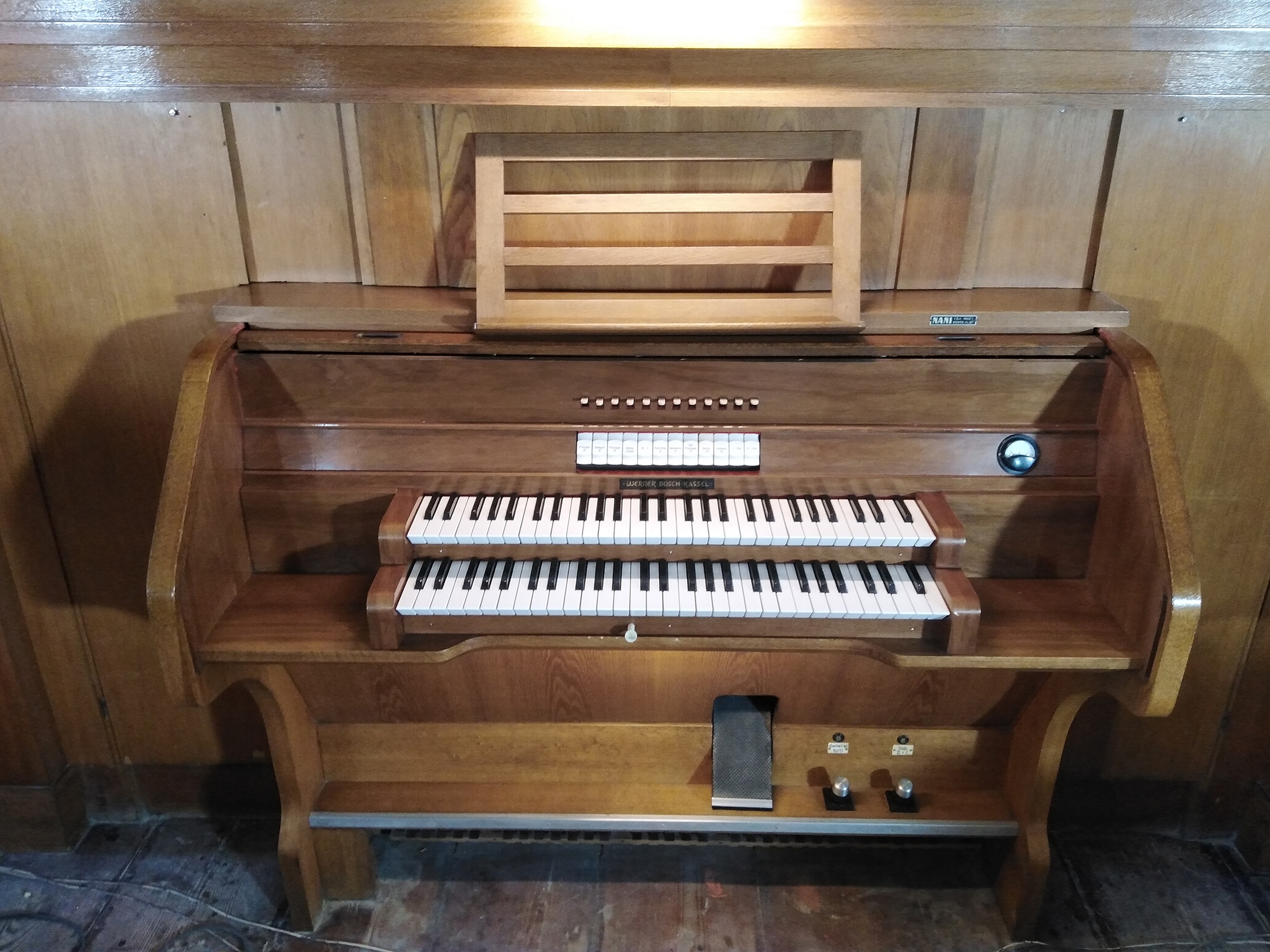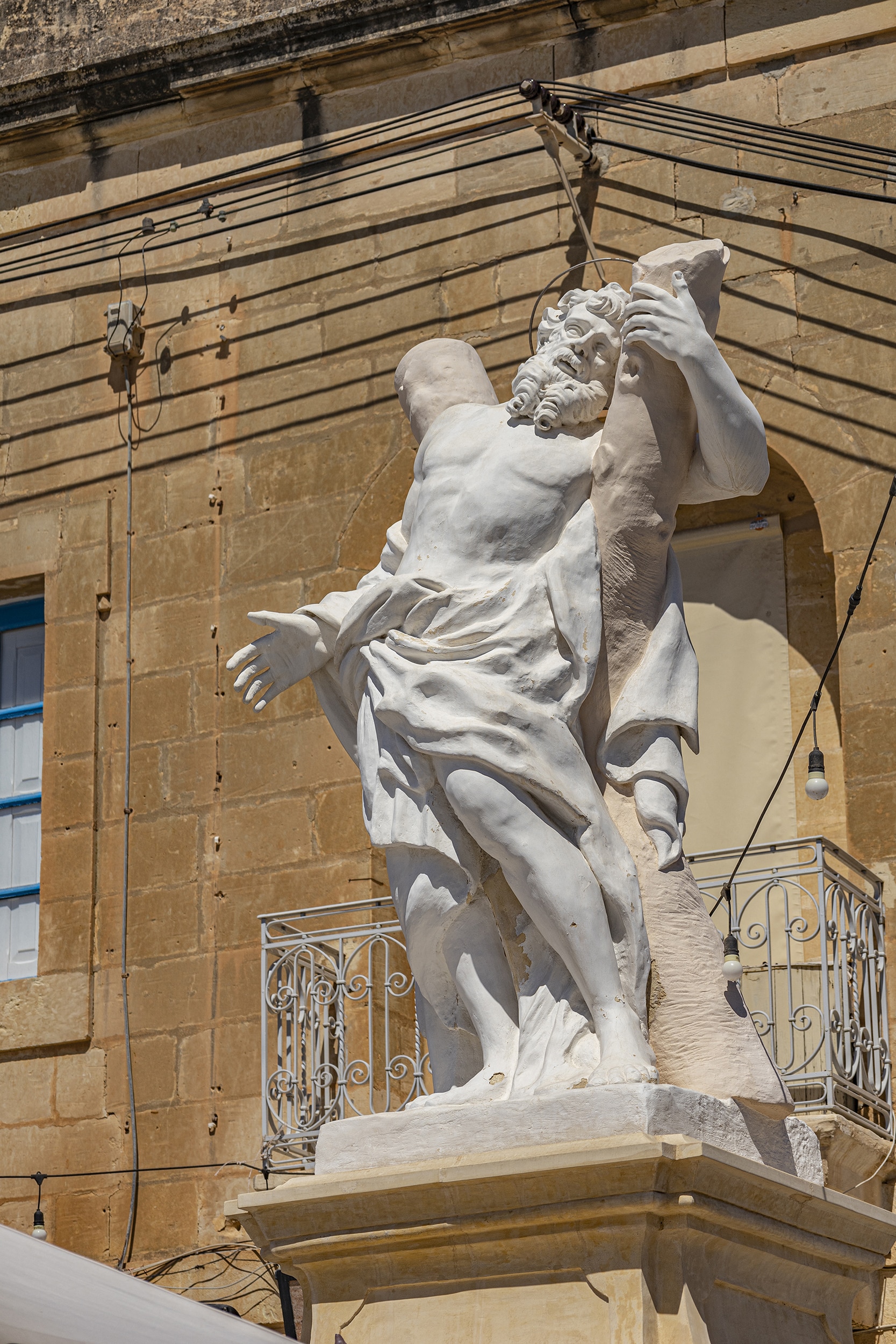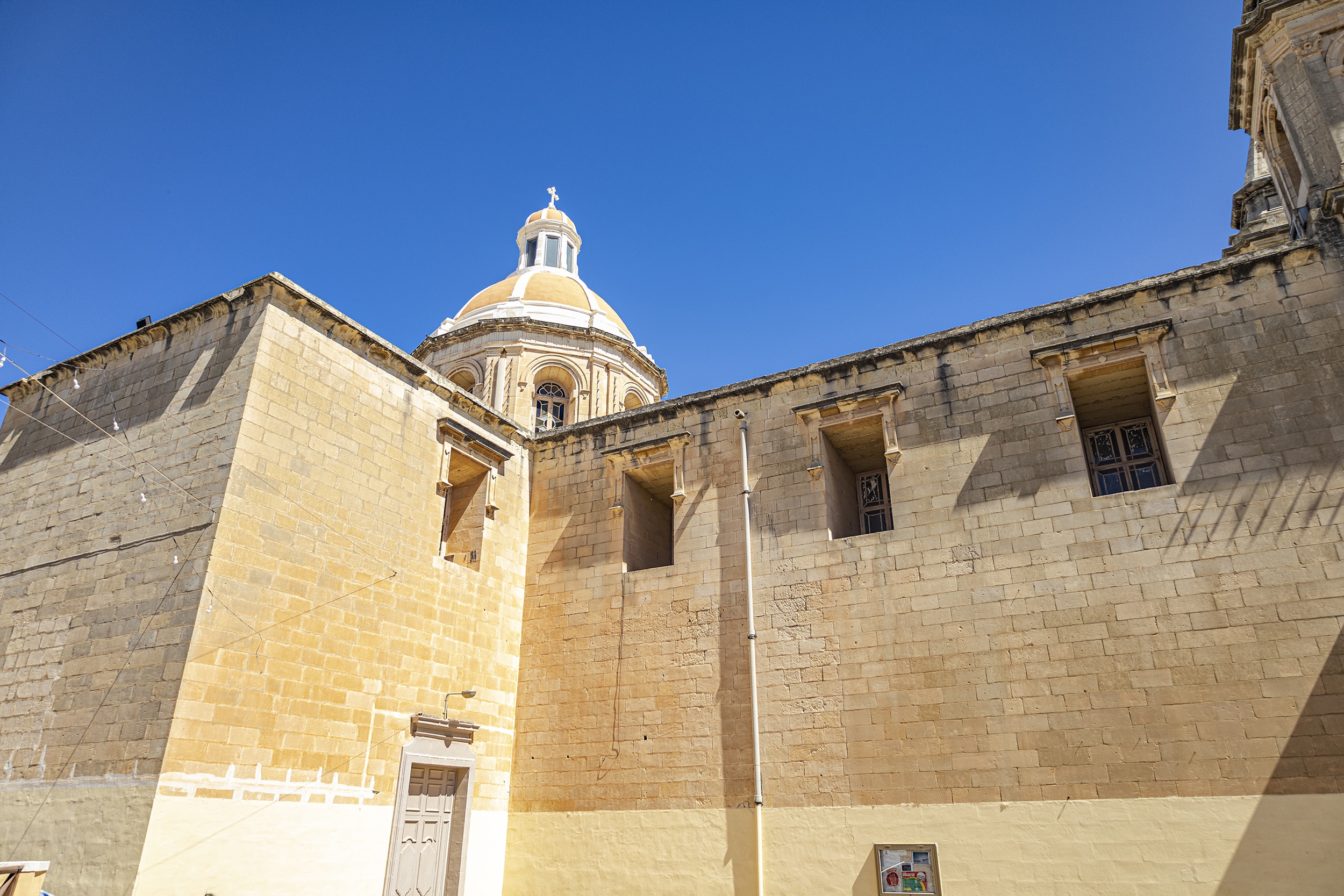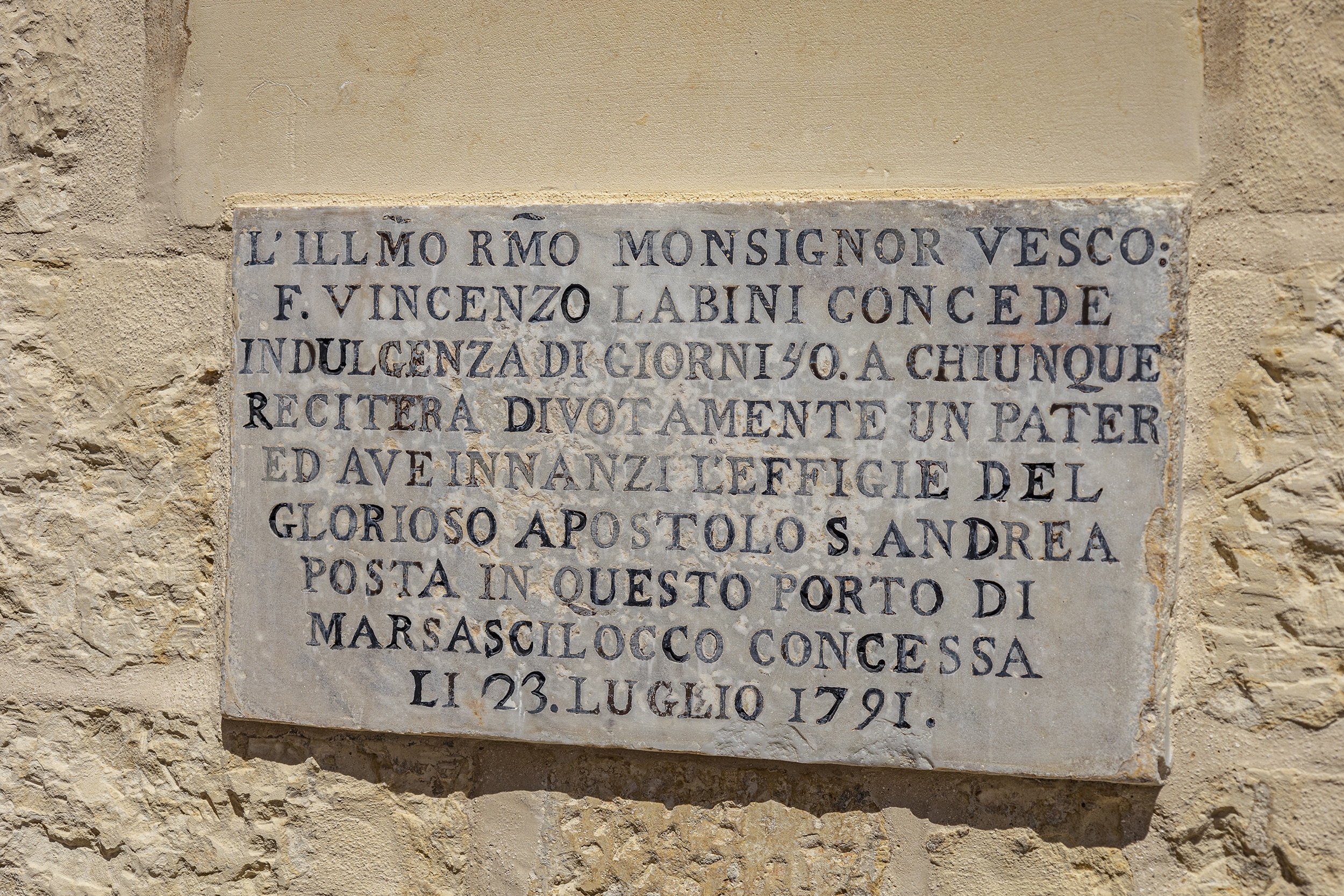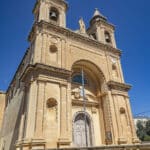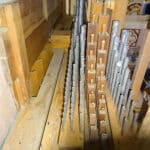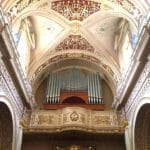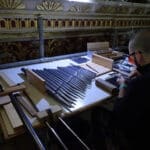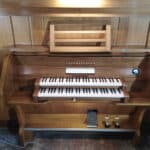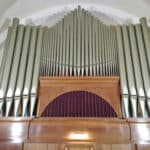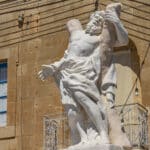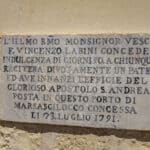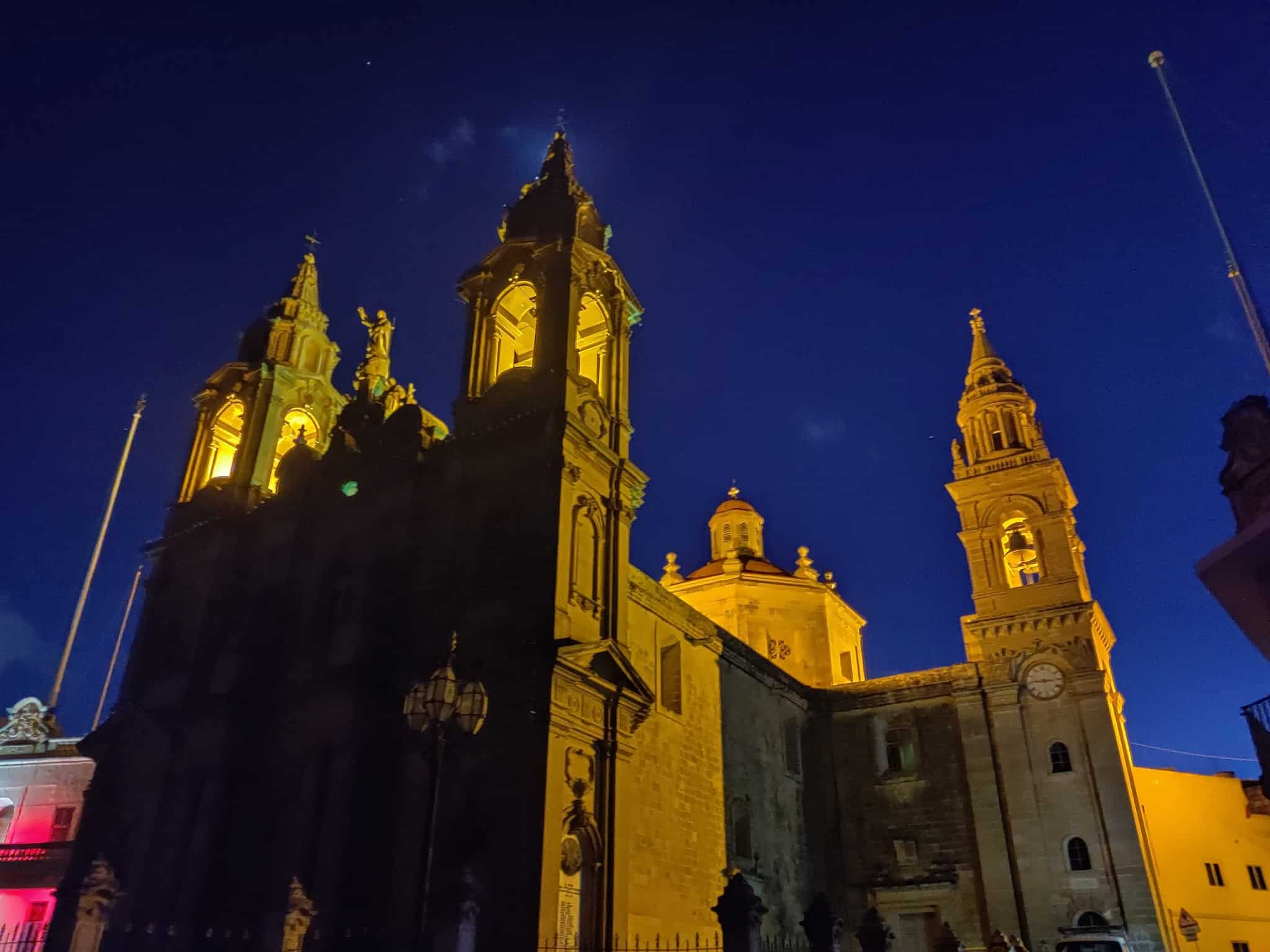Parish Church of Our Lady of Pompei
The Parish church of the fishing-village town of Marsaxlokk was built between 1890 and 1892, on the site of an older church. Within a few years, plans were made to change the existent building into the main nave of the new church, to a cruciform design attributed to the Maltese architect Guzé Bellia. In 1907, the new church was built by master mason Giuseppe Mifsud from Zejtun. More structural changes to the church were made in the 1920s.
Historical Detail
Works on the facade started in 1930 until 1933, with the building of the belfries. The facade is divided into 3 bays and crowned with twin belltowers. At the central bay is the deep arched baroque doorway of large proportions. The facade is built in two sections adorned by superimposed pilasters of the Doric-Tuscan order, and includes a pair of large niches. Between the belfries is a statue of the Virgin Mary with the Child Jesus on a fishing vessel, carved in stone by the Maltese sculptor Marco Montebello in 1975.
In 1947, the dome was built to the design of the Maltese architect Joseph Lia, by the master mason, Rosario Abela. To ensure that the church would support the dome, the main pilasters were reinforced with concrete. The dome was built in the Doric order, with an octagonal shape and eight windows around it. Inside the dome is adorned with paintings by the Maltese artist Toussaint Busuttil (1912-1994) portraying episodes from the life of Our Lady. It was completed in 1948.
Highlight:
The first and largest bell in the church belfries was brought from the church of Porto Salvo of Valletta. Two other bells were later procured, one called ‘Stella Maris’, recalling Our Lady’s name as ‘Star of the Sea’. In 1936, a clock was placed on the facade. It was made by the Maltese clockmaker Suban.
Inside, the church walls and ceilings are adorned with various floral motifs and gilded surfaces. The main altar was designed by Chev. Vincenzo Bonello, at the request of the Parish priest, Dun Pantaleone Orland. It is adorned in marble, the work of the Italian firm Missa Carrara.
Titular Painting:
The titular painting of the Parish church portrays the devotional image of Our Lady of the Rosary of Pompeii, based on an original painting in Italy. It was executed in oil on canvas by the Maltese artist Peppino Abela Testaferrata (1841-1905), during the time of Parish priest Dun Rosario Balzan (1918-1925).
The venerated painting depicts the Virgin Mary and Child Jesus presenting rosaries to St Dominic and St Catherine of Siena. Our Lady is portrayed seated at a throne, within a niche flanked by two windows. To the left, in front of the left-hand window, St Dominic kneels as he receives a rosary from the Child Jesus while in front of the right-hand window, St Catherine of Siena kneels as she receives a rosary from Our Lady.
The dedication to Our Lady of the Rosary of Pompeii reflects the time when the devotion started to spread. This titular was already adorning the choir’s altar of the first church, which was built in 1892. It was later kept as the titular painting when the church was enlarged.
PROJECT INFORMATION
The Altar painting of the chapel in the south transept portrays the titular saint, St Vincent Ferreri, and is by the Maltese artist Giuseppe Calì (1846-1930). It was made in 1913, having been commissioned by Canon Costantino Cilia La Corte. The Dominican saint is shown with a tongue of flame above his head, symbolising his gift of speaking in many languages. In this transept is also one of the oldest paintings in this church dedicated to its patron saint St Andrew.
ERDF SUB-PROJECT
- The church organ was built by the German firm, Werner Bosch, to a modern design in wood and metal. In 1954, it was installed in the ornately carved and gilt balcony on the main entrance to the church. Werner Bosch was established in 1945, first as a service firm repairing organs damaged during World War II, gradually moving to building new instruments.
- A stone sculpture of St Andrew, the patron saint of fishermen, is found in the main square of Marsaxlokk, looking towards the sea protectively overseeing the many fishermen who live there. It was carved in 1791 in a late baroque style by the Maltese sculptor Vincenzo Dimech (1768-1831).
- The devotion to St Andrew is also seen in a painting of the saint done in 1893 by the Maltese artist Giuseppe Bonnici (1835-1900). The oil on canvas painting is composed in the Nazarene style commonly seen in religious paintings of the second half of the nineteenth century in Malta. The style of the painting reflects the artist’s belief in portraying figures in a calm and sober manner, devoid of any emotional content, in the style of early Renaissance artists.
- The Holy Family is an early 20th century painting by the eminent Maltese artist Giuseppe Cali’ (1846-1930) and is found in the right-hand transept chapel of the Holy Crucifix. Here, St Joseph is the central figure in the painting, portrayed as the protector of the Child Jesus on the right and the Virgin Mary, seated on the left as she holds up a model of a Christian church. They are watched over by the Holy Spirit in the image of a dove. The Holy Family thus takes on a symbolical meaning, by showing St Joseph as the Protector of the Holy Church.
Project Information:
- The European Union co-funded project, focussed on the conservation actions required to ensure the long-term preservation of this instrument, through the cleaning, structural consolidation and tuning of the musical instrument. The conservation of the organ will allow for its long-term protection and enjoyment, through the music played during worship services and other musical events held in the heart of the community.
- The European Union co-funded project, focussed on the conservation actions required to ensure the long-term preservation of this important sculpture. The interventions sought to reverse and mitigate deterioration and damage sustained through weathering, and pollutant processes, that were leading to the loss of the aesthetic qualities of the sculpture. The conservation actions are ensuring the long-term protection and enjoyment of this artistic heritage lying in the heart of the community.
- The European Union co-funded project, focussed on the conservation actions required to ensure the long-term preservation of the painting. The interventions sought to clean, consolidate and conserve, the deterioration and damage sustained to the pictorial layers. These conservation actions shall ensure the long-term protection and enjoyment of this artistic heritage lying in the heart of the community.
- The European Union co-funded project, focussed on the conservation actions required to ensure the long-term preservation of the painting. The interventions sought to clean, to consolidate and conserve, the deterioration and damage sustained to the pictorial layers. These conservation actions shall ensure the long-term protection and enjoyment of this artistic heritage lying in the heart of the community.
VISITORS OPENING HOURS:
Refer to parrocci.knisja.mt/parrocca for full details.
HOW TO ARRIVE:
Refer to Malta Public Transport website: www.publictransport.com.mt
